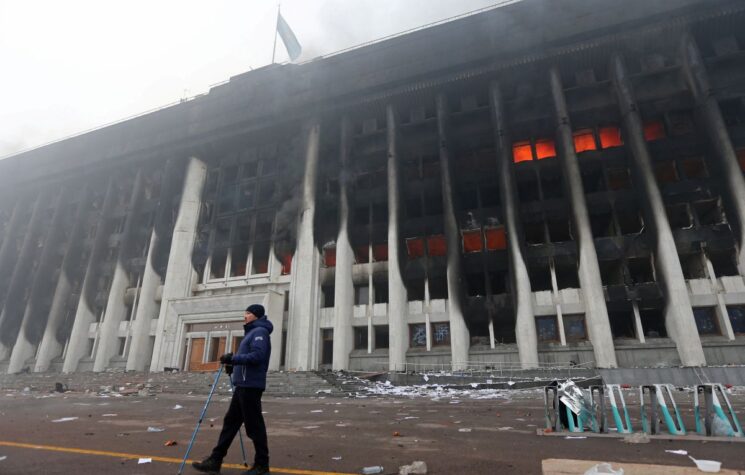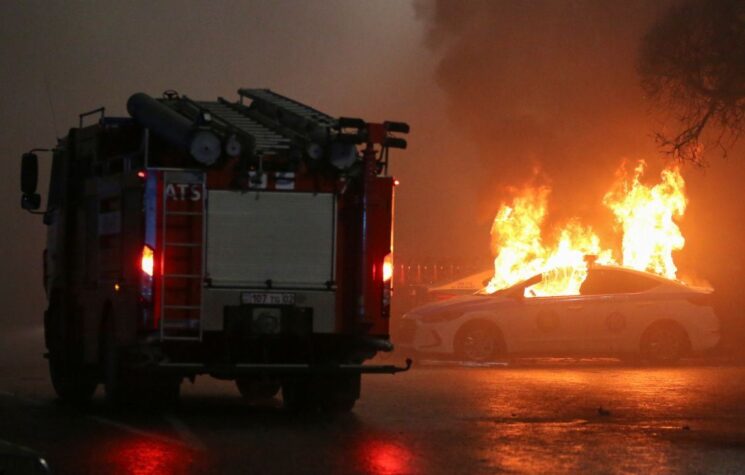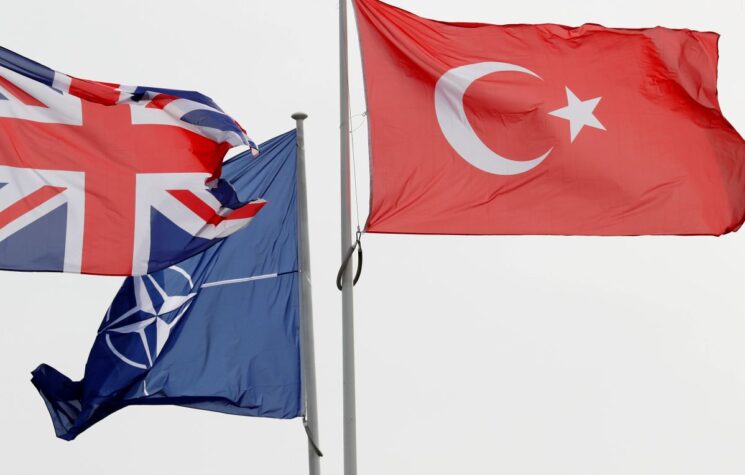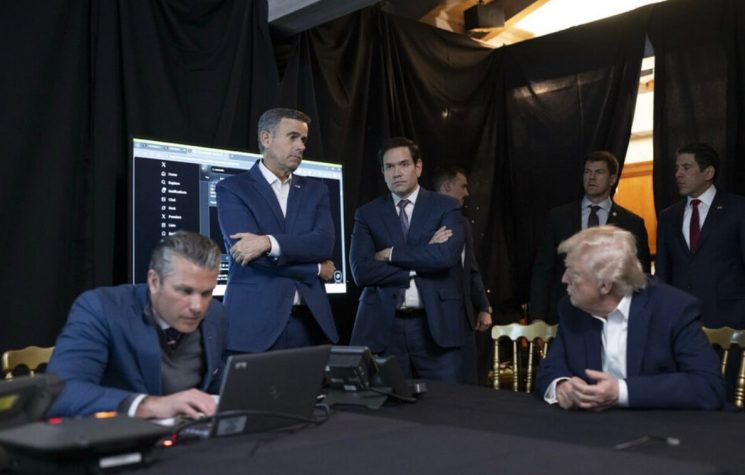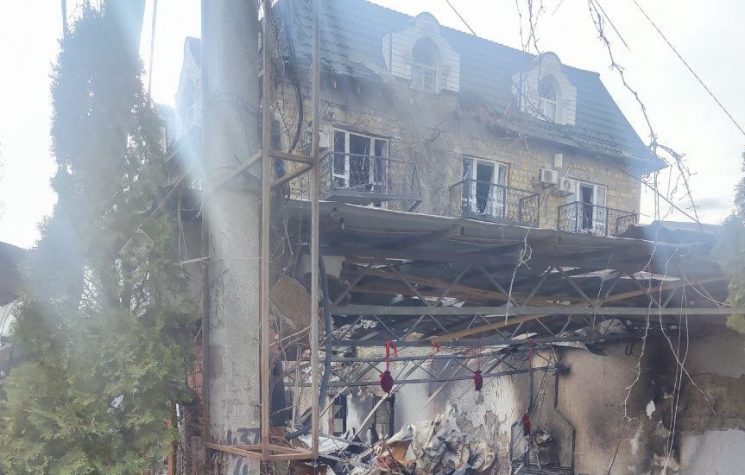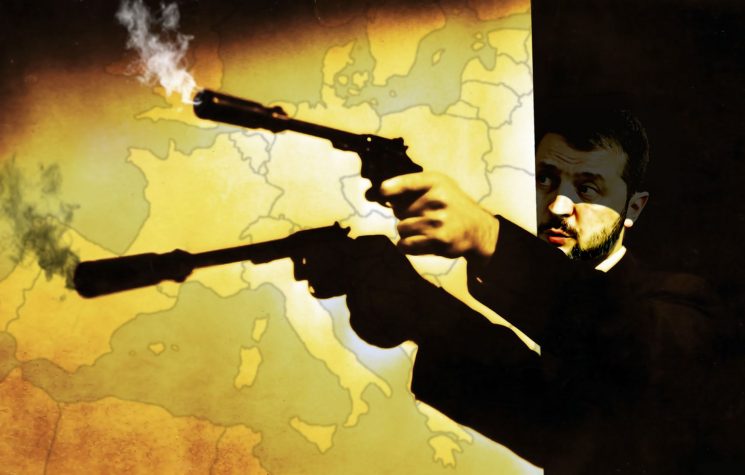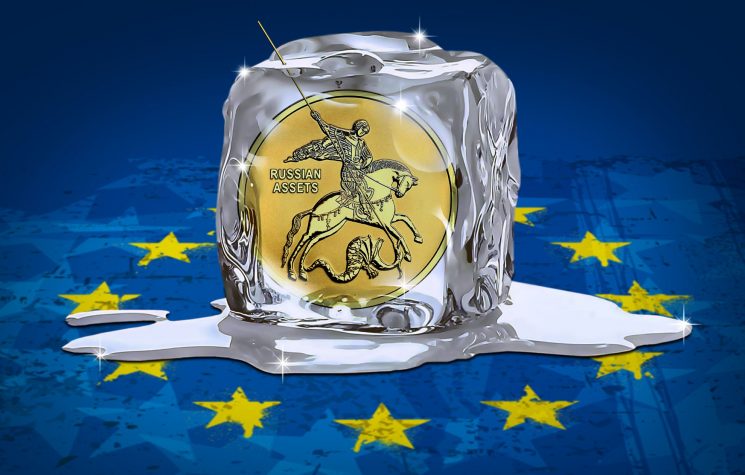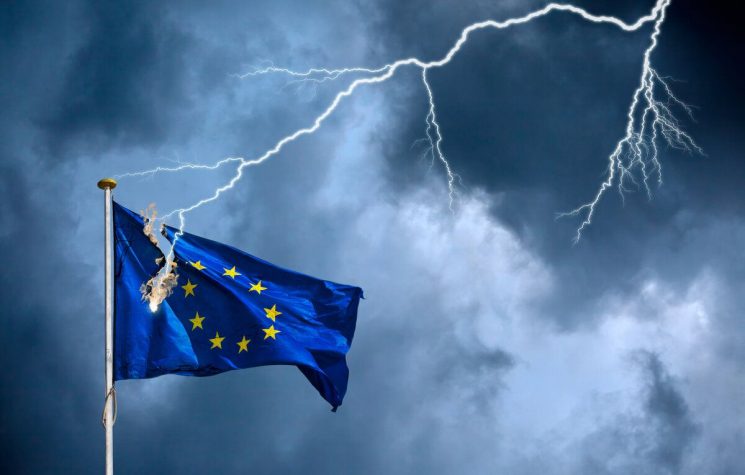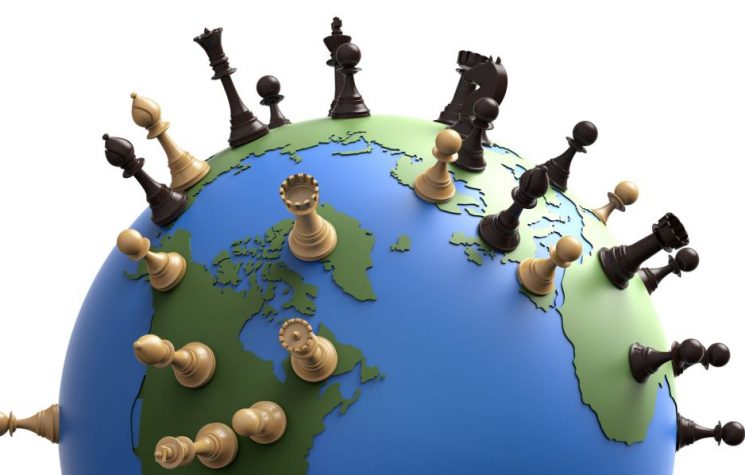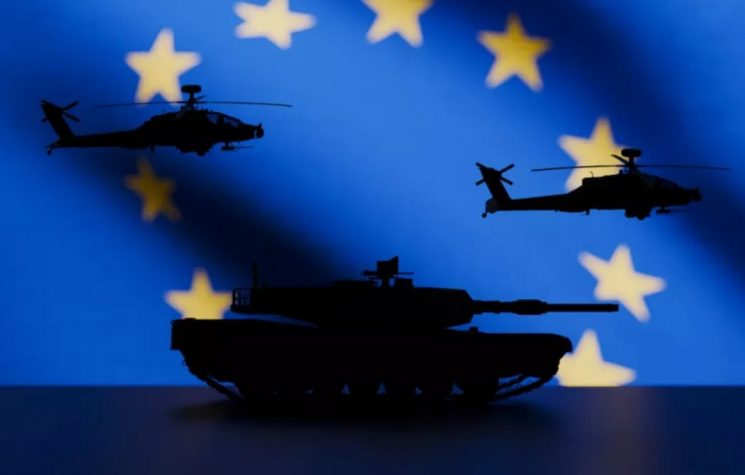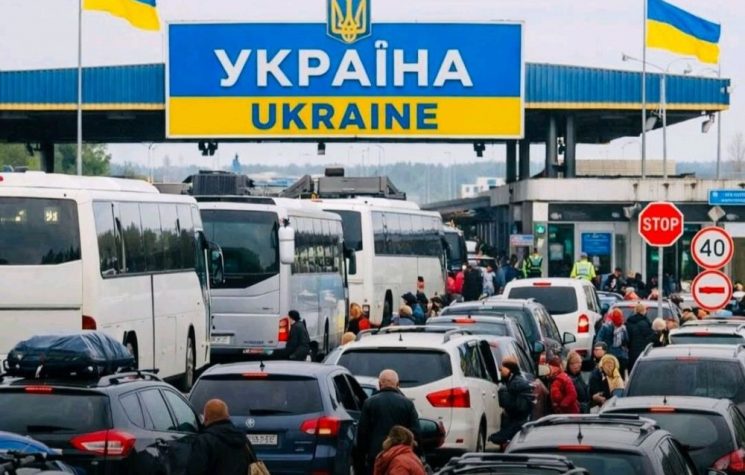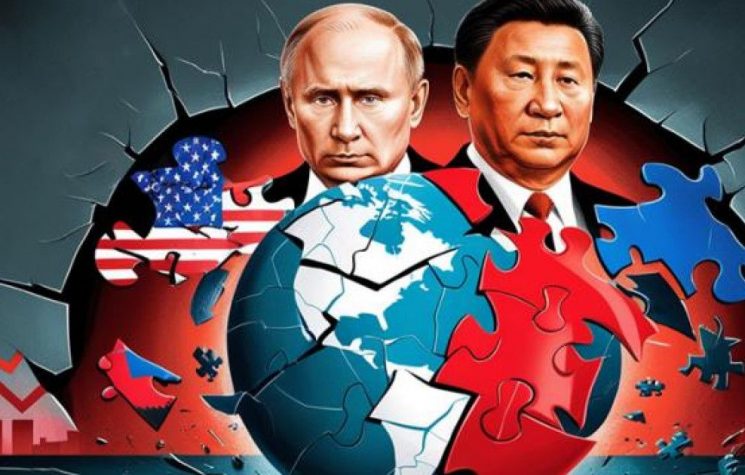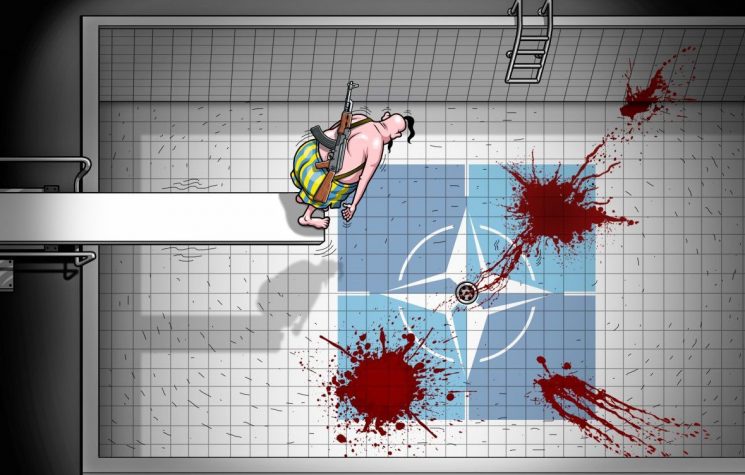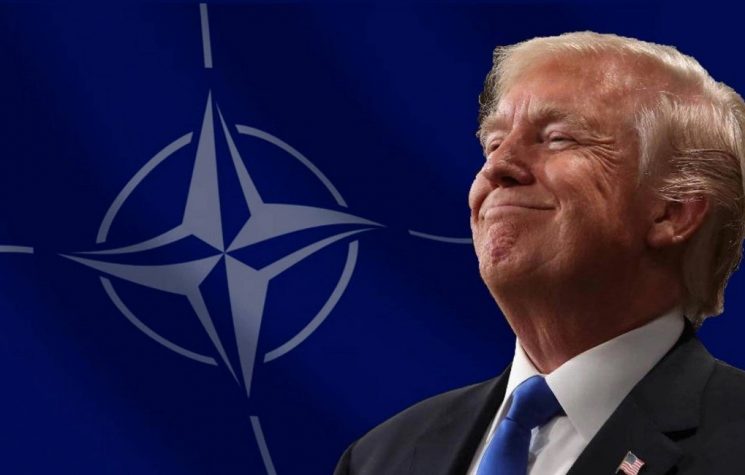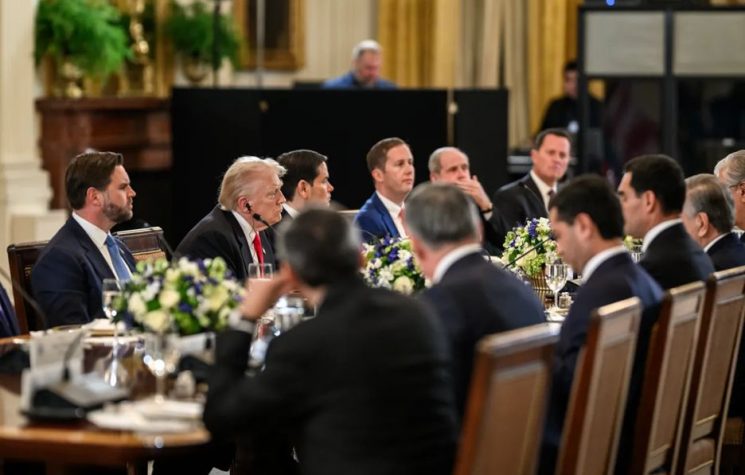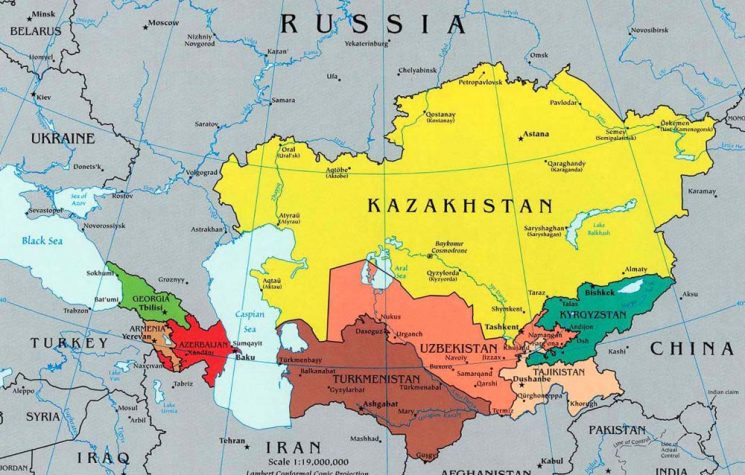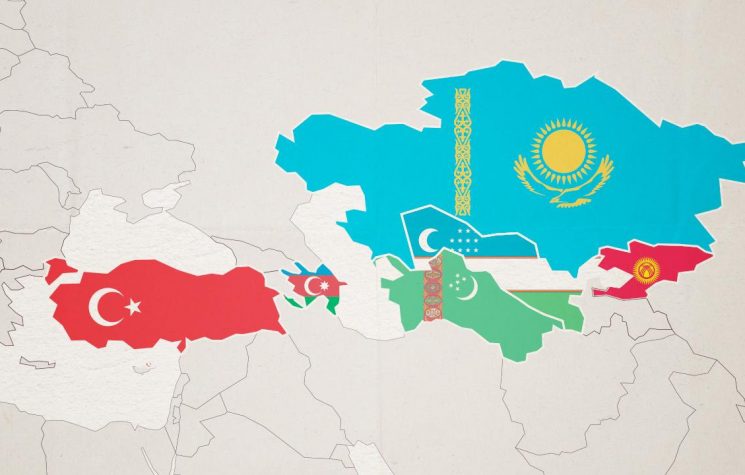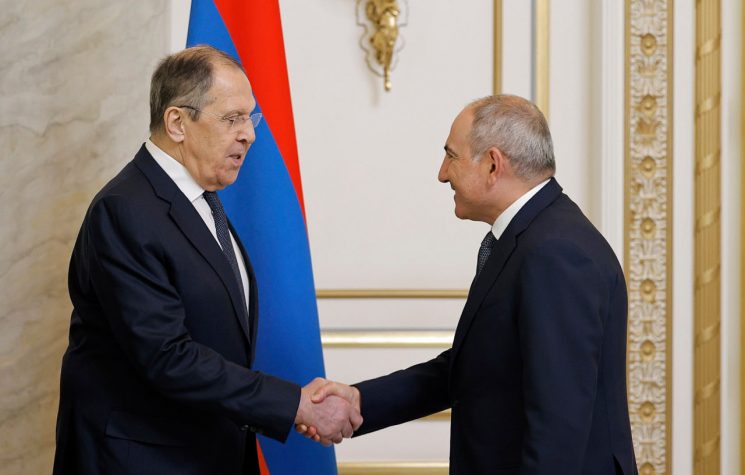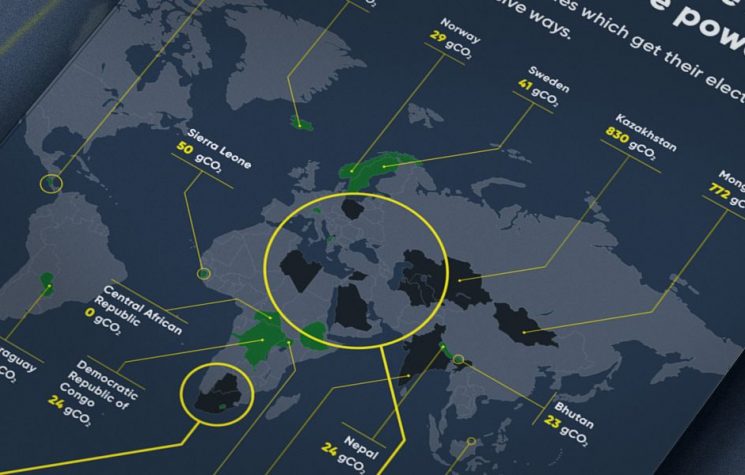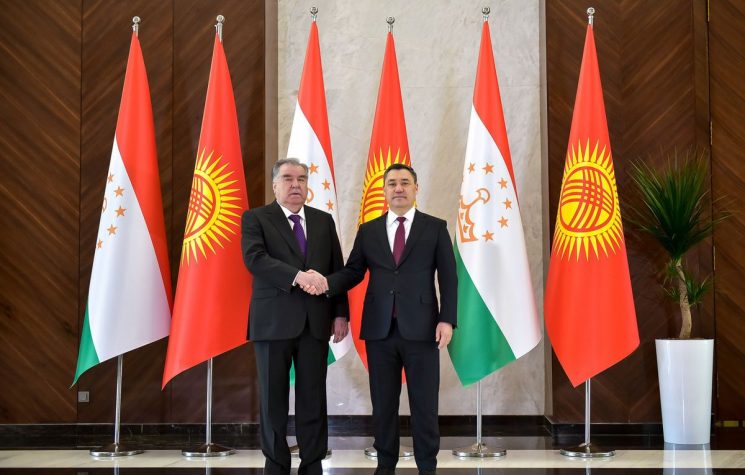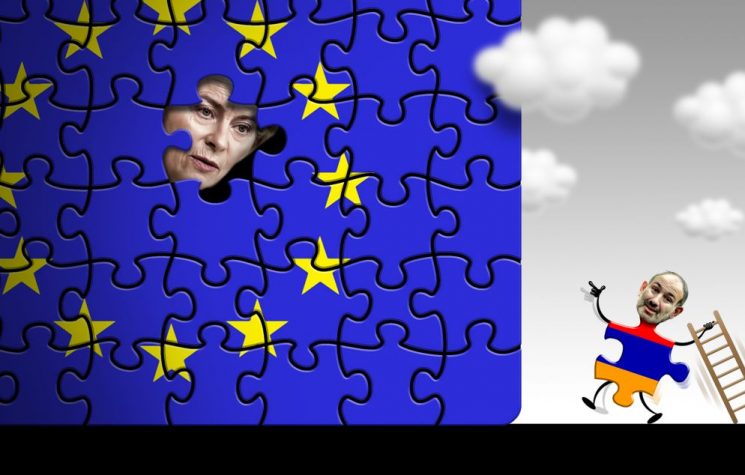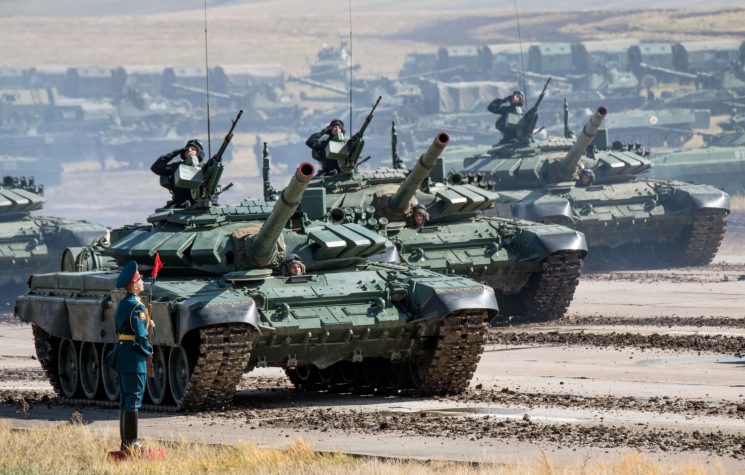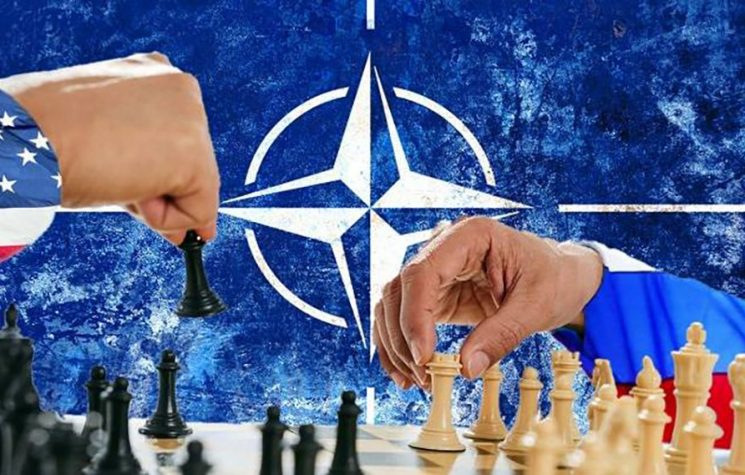The events have an unerring similarity to U.S.-sponsored regime-change operations that have taken place in other nations.
The timing of violent protests rocking Russia’s southern neighbor Kazakhstan inevitably raises questions. Russian officials are due to meet American and NATO counterparts within days to discuss far-reaching security proposals in unprecedented geopolitical negotiations.
In a surprise development, however, Russian troops are this week being deployed along with other forces from the six Central Asian states belonging to the Collective Security Treaty Organization to help restore order in Kazakhstan at the request of its president. President Kassym-Jomart Tokayev has accused “foreign-trained terrorist gangs” of being responsible for the dramatic unrest in the former Soviet Republic.
It seems that events this week in Kazakhstan are aimed at distracting Moscow or, worse, undermining Russia’s international standing in scheduled talks with the United States and its NATO allies concerning the bigger picture of security and peace in Europe.
Key security proposals were put forward by Moscow three weeks ago to reduce mounting tensions between Russia and the United States and its NATO allies over Ukraine. Moscow has called for a rollback in U.S. and NATO forces near its borders. This came after weeks-long Western media reports claiming that Russia was plotting to militarily invade Ukraine. Moscow has repeatedly rejected those claims as baseless and hysterical. Meanwhile, there are real concerns that the NATO-backed regime in Kiev may be planning a provocation against Russia by launching an offensive on Ukraine’s breakaway southeastern region and its ethnic Russian population. The Kiev regime has been waging a civil war against the region since the NATO-backed coup d’état in Ukraine in 2014.
The U.S.-Russia security discussions are scheduled to take place on January 10 in Geneva. They will be followed by further meetings between Russian and NATO officials. A phone conversation between Russian President Vladimir Putin and his American counterpart Joe Biden at the end of last month gave the forthcoming talks a preeminence, and rightly so too. Moscow has warned that if its “red line” security demands are not responded to then it will use other military-technical methods to safeguard national security. Moscow has put a narrow timeframe on the discussions to yield satisfactory results.
Washington and its NATO allies were evidently taken aback by Moscow’s determination to draw an inviolable line on years of military expansion towards Russia’s borders, the culmination of which has precipitated the latest tensions caused by Ukraine. The gravity of Moscow’s position appears to have been registered by the Western allies who promptly scheduled the security discussions for next week.
Then along comes the upheaval sweeping Kazakhstan this week. The protests erupted on January 2 ostensibly over a hike in transport fuel prices.
Significantly, the speed with which the protests spread across this giant Central Asian country – four times the size of France – and the rapid escalation of deadly violence would indicate an extraordinary orchestration of events. Dozens of police officers have been reportedly killed by armed demonstrators. Security forces have also shot dead allegedly armed protesters. Government buildings and the international airport in the most populous city Almaty have been attacked. All this tumult in the space of two days resulted in a state of emergency being declared on January 5 and the request for security assistance from the CSTO bloc. The bloc comprises Russia, Armenia, Belarus, Kyrgyzstan, Kazakhstan and Tajikistan.
The events have an unerring similarity to U.S.-sponsored regime-change operations that have taken place in other nations, most notably Ukraine, Syria and Belarus, among other countries. Tellingly, the White House issued an immediate denial of involvement before that possibility was even publicly suggested. Now there’s a guilty conscience at work! The American embassy in Kazakhstan had also warned of public protests over the anticipated fuel price increases.
It has been noted by astute observers that the CIA-linked Rand Corporation earlier endorsed this kind of disruption in Kazakhstan as a means for distracting Moscow with regional security apprehensions.
In the next few days, we will see if the security situation in Kazakhstan can be stabilized with support from the CSTO members and political concessions granted by President Tokayev. The fuel hikes have been revoked and the government has been sacked. Thousands of demonstrators have been arrested. Still, there are reports of ongoing armed clashes.
The timing and the who-gains question inescapably point the finger of suspicion at foreign incitement. Washington and its NATO allies are calling for the Kazakh authorities to allow “the right to peaceful protest”. Western media will no doubt crank up reports that portray restoring public order as repression by a “Russian-backed regime”. CTSO troops’ presence can be twisted into a distorted image of Kremlin-instigated “foreign occupation”. No doubt, too, the NATO-backed Kiev regime will cry foul over another “Russian invasion”.
The all-too-easy geopolitical convenience suggests there is no mere coincidence with the watershed negotiations about to get underway between Russia and the United States over Ukraine and the general encroachment of NATO on Russia’s borders.
Those negotiations were set to begin with Moscow having a moral authority to make legitimate security demands on Washington and the U.S.-led NATO alliance. It is right that the historical trend of ramping up military threats against Russia has to end. The turmoil that has suddenly blown up in Kazakhstan seems like an opportune way to undermine Russia’s resolve to challenge the U.S. and NATO over their by-now habitual aggressive policy.
That is the bigger picture that should not be lost amid the chaos unfolding in Kazakhstan.







